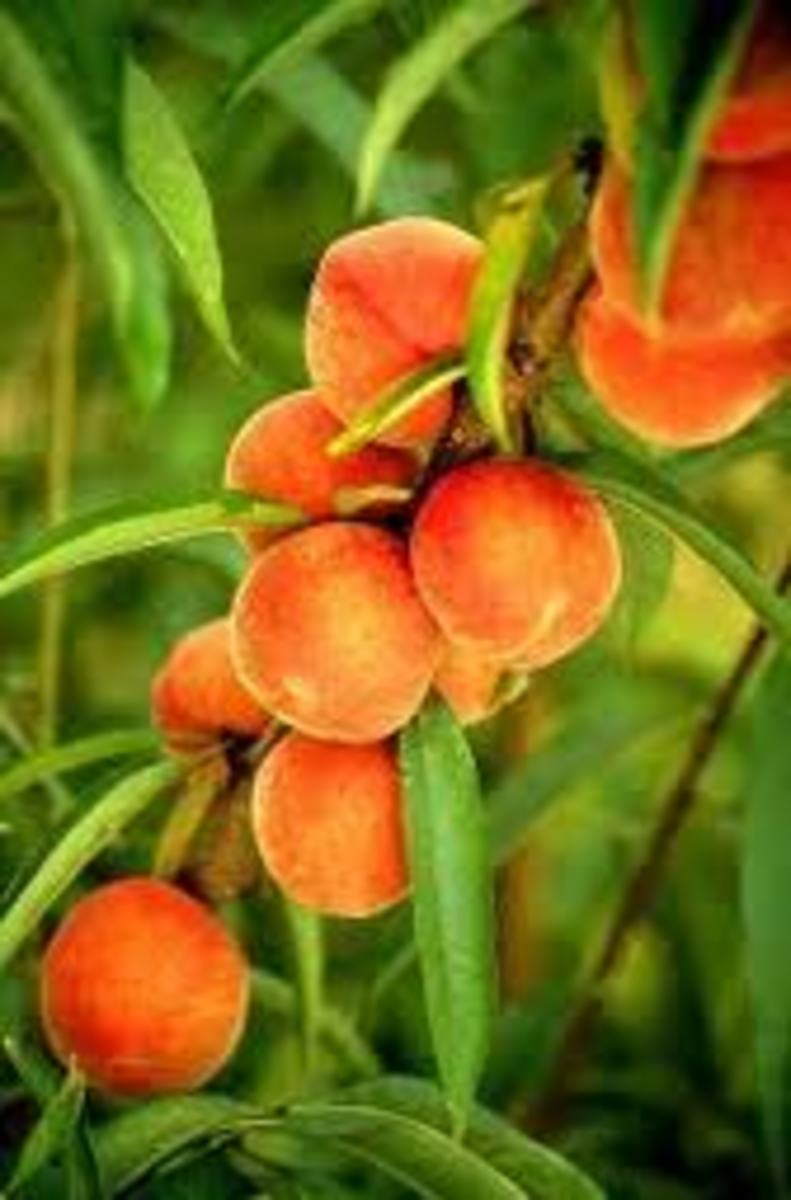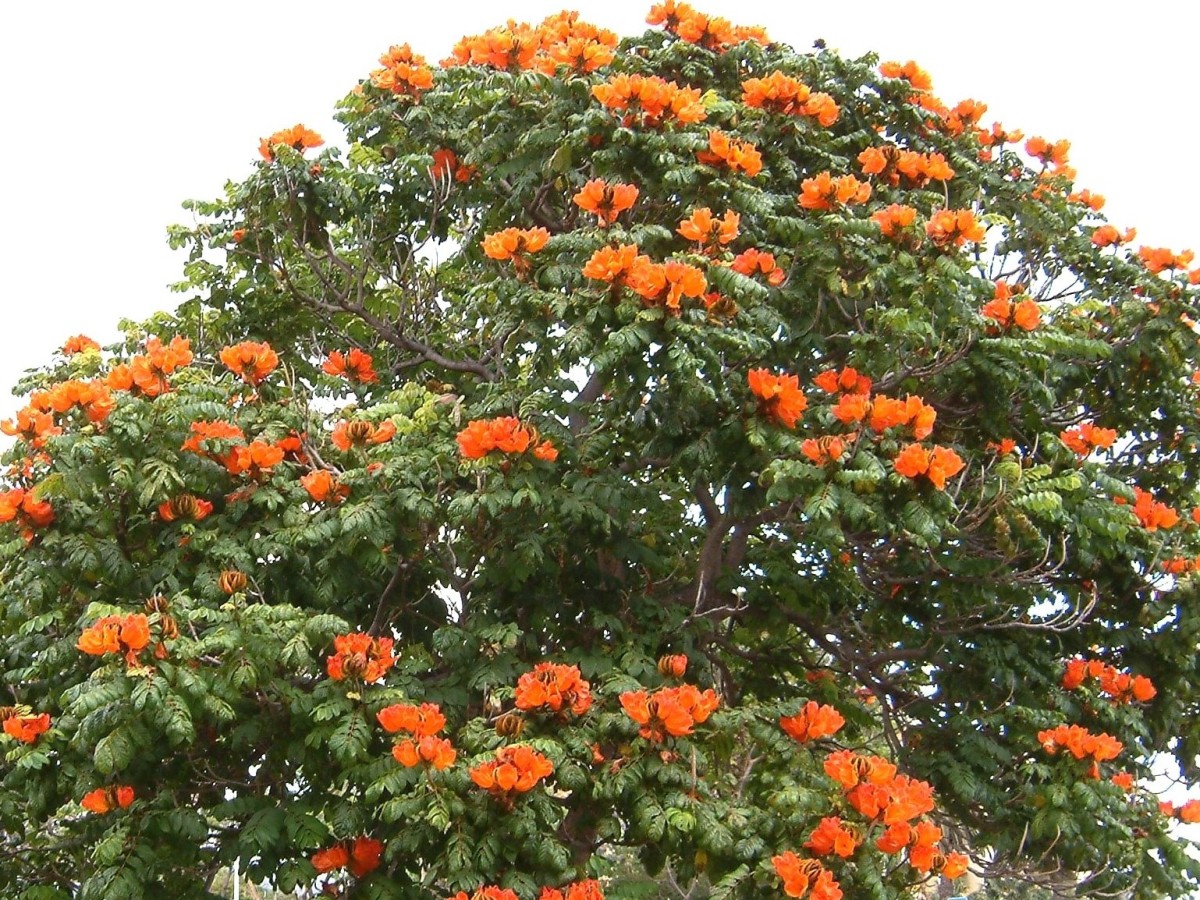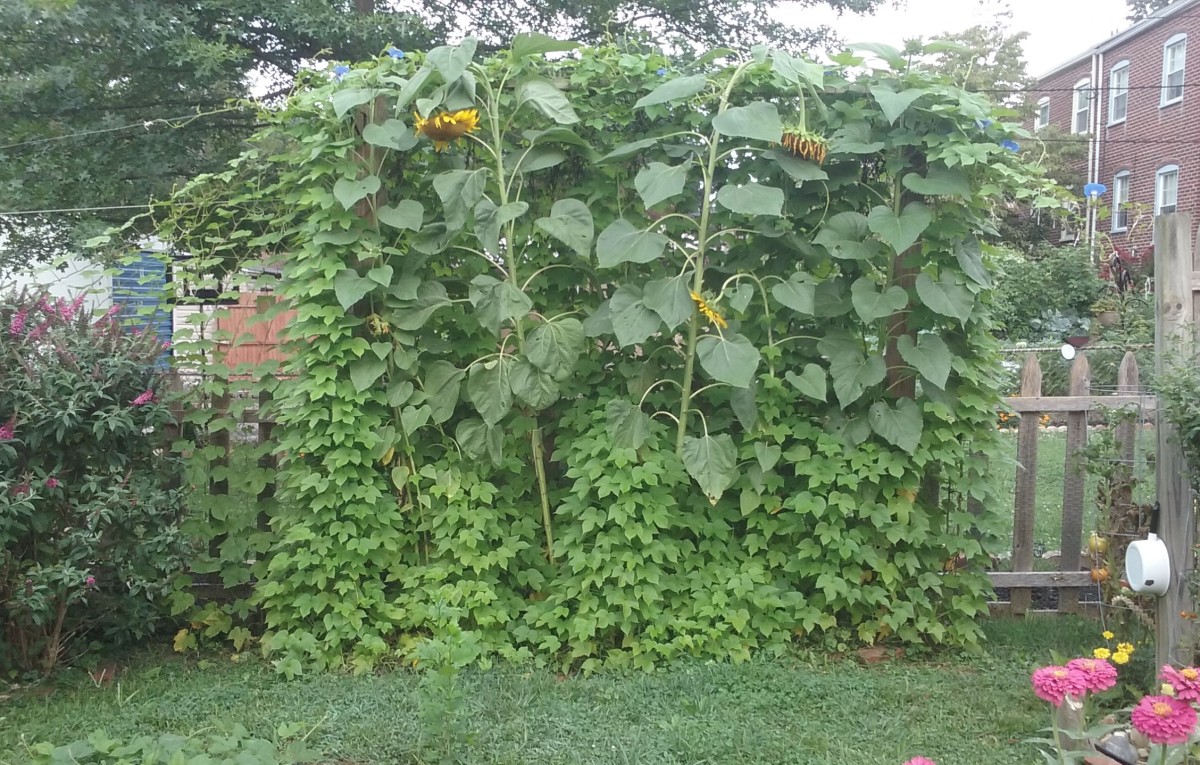How To Grow Papaya Trees In Your Garden
Gardening is useful in so many ways, which is one reason why so many people do it. It promotes outdoor activity, which is considered to be healthy for you. It can help you relax and take your mind off of other matters. If you're looking for a hobby, gardening is a good choice.
In addition, a beautiful garden is pretty and can enhance the overall look of your home. Regardless of what you grow, whether it's flowers or trees, you gain satisfaction from your work. In the case of fruit, you literally get to taste the fruit of your labor. If growing fruit is what you're thinking of, the papaya is one to consider.
Why should you grow papaya trees?
There are of course many types of trees and plants out there that you can grow. So why pick the papaya? Here are some of the reasons why you may opt for the papaya:
-
A papaya tree looks good. It resembles a palm tree and reminds you of the tropics.
-
It grows very fast, so there is not much waiting around before you see results.
-
Seeds are easy to acquire and plentiful.
-
They bear fruit.
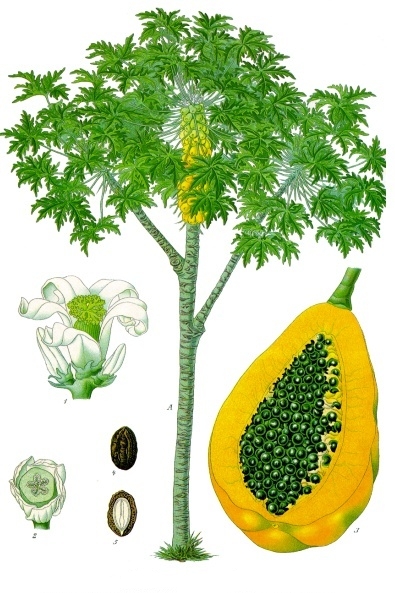
What you need to know about papaya trees
The papaya usually consists of a single, hollow stalk with leaves and fruit at the top. It can reach a height of up to 30 feet, although in practice they are much shorter for various reasons. Although commonly referred to as such, the papaya is not really a tree. It's a herbaceous plant and the fruit is a berry.
The papaya tends to grow very fast, but also won't live very long. Typically a few years before death occurs due to a number of reasons as you will later see. Papaya trees like hot, sunny weather with temperatures ranging between 70 and 90 degrees. They need well-drained soil that is moist in hot weather and dry in cold weather.
Before you plant your first papaya tree, there are a few important things that you need to know:
-
Papaya trees are very sensitive to local weather conditions. Cold weather or standing water can quickly kill a papaya tree.
-
Papaya trees are relatively weak and vulnerable to toppling over due to strong winds. This is especially true as they get older and taller.
-
Papaya trees do not transplant well. You can plant them in pots, but it's better to plant them where you intend them to stay permanently.
-
Papaya fruit have lots of seeds and are relatively easy to grow under the right conditions with little maintenance required.
-
Papaya trees come in three varieties. Males will not bear fruit. Female trees require a male or a hermaphrodite to pollinate their fruit. Hermaphrodites can do so on their own.
-
Papaya trees grow quickly and can bear fruit within a year and throughout the year.
There is not much you can do against weather conditions such as rain and wind, so expect to see some of your papaya trees die prematurely. That is why it's best that you plant several of them, so that at least one will make it through.
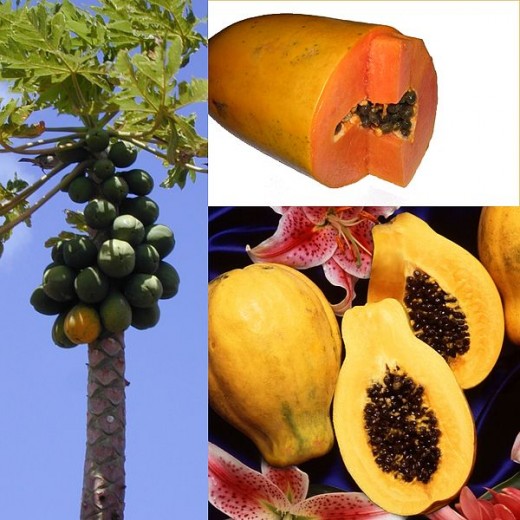
How to plant papaya trees?
Fortunately, the papaya fruit comes with lots of seeds so you can plant a lot of them. Pick the best out of the ones that survive and get rid of the rest. Here are a few guidelines and other tips that you can use.
-
Select a location that receives plenty of sunshine and has good fertile soil. Neutral soil with a pH between 6.0 and 7.0 is preferable. Add some compost if necessary.
-
Ideally, the area selected should also be shielded from strong winds. You can pick a location that is blocked by a house or other trees.
-
To prevent standing water, you should raise the surface of the soil. Alternatively, create grooves to quickly dispose of excessive water.
-
There's no need for special seeds. The ones from any fruit will do. Select the ones that are black or darkest in color.
-
Plant lots of seeds and cover them with a thin layer of soil. They will grow with the stronger ones outgrowing the weaker ones.
-
After several weeks, you should see the first seedlings. Once they've sprouted, select the ones that grow best and cull the weakest.
-
Be sure to leave enough distance between each young plant. Adult trees should have seven to eight feet of space between them.
-
Papaya trees require lots of nutrients as they're hungry. Buying some fertilizer can help facilitate their fast growth.
-
The papaya also needs lots of water as they tend to lose a lot of it during the day. Keep the soil moist, but not too wet because that can kill it.
Papaya trees are most productive when they're one to two years old. Afterward, productivity goes down and the fruit tends to become smaller and less numerous. It also becomes harder to harvest the fruit as the tree gets older and taller. That is why it's advisable to cut them down and replace them with new trees.
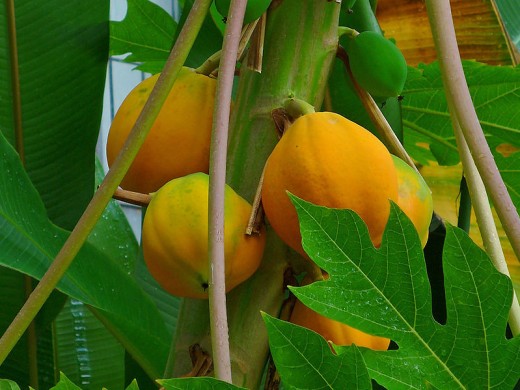
How to tell if a papaya tree is a male, female or hermaphrodite?
Hermaphrodites are preferred by most people because they can self-pollinate. The fruit tends to be elongated. Females tends to be rounder and require a male or hermaphrodite. Otherwise the fruit will not grow and fall off. This is why it's a good idea to know what kind of papaya it is that you have.
In the beginning, there is no way to tell them apart. However, once they grow older, it's possible to differentiate papaya trees by looking at their flowers.
-
With a female tree, the flower will be wider at the bottom than at the top. The shape resembles that of a cone. The flower is large and close to the trunk. There is a miniature fruit that isn't present with the other two types.
-
With a male tree, the flower will be thinner at the bottom than at the top. The shape resembles that of a bullhorn. The flowers are more numerous and further away from the trunk.
-
With a hermaphrodite, the flower will be roughly even in thickness and resembles a cylinder. They bear a slight resemblance to both male and female flowers, which is what they are in essence.
Don't worry too much if you can't tell the difference right away. Eventually, you'll find out. As you plant more trees and become more familiar with papaya trees, it will become easier for you to tell the difference.
Once you know what you have, you can remove most of the male trees. Just leave one or two if you have only females. If you have a hermaphrodite, you don't really need males or females around. It's best to stick with hermaphrodites as they allow optimal use of all available space in your garden.


